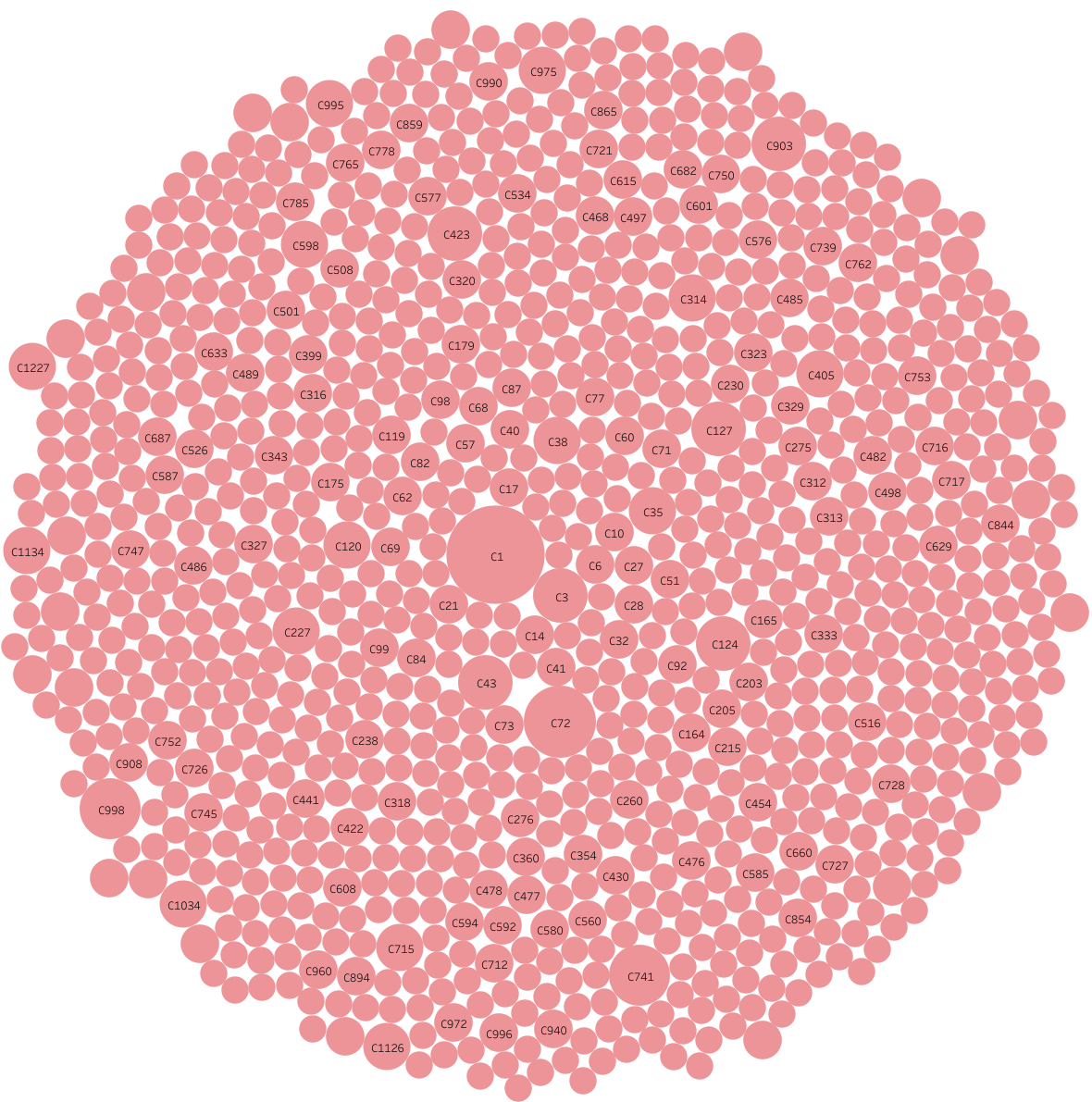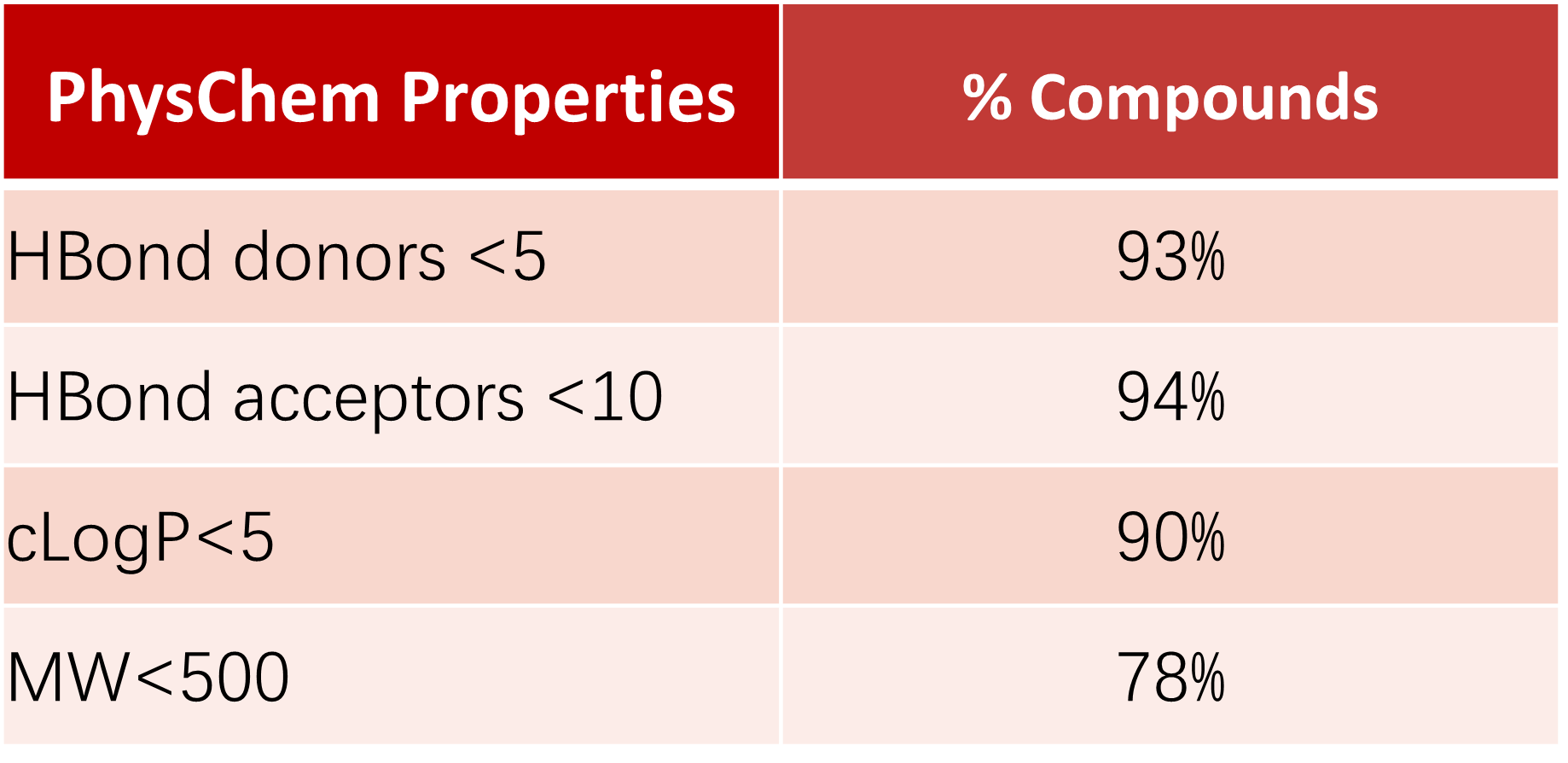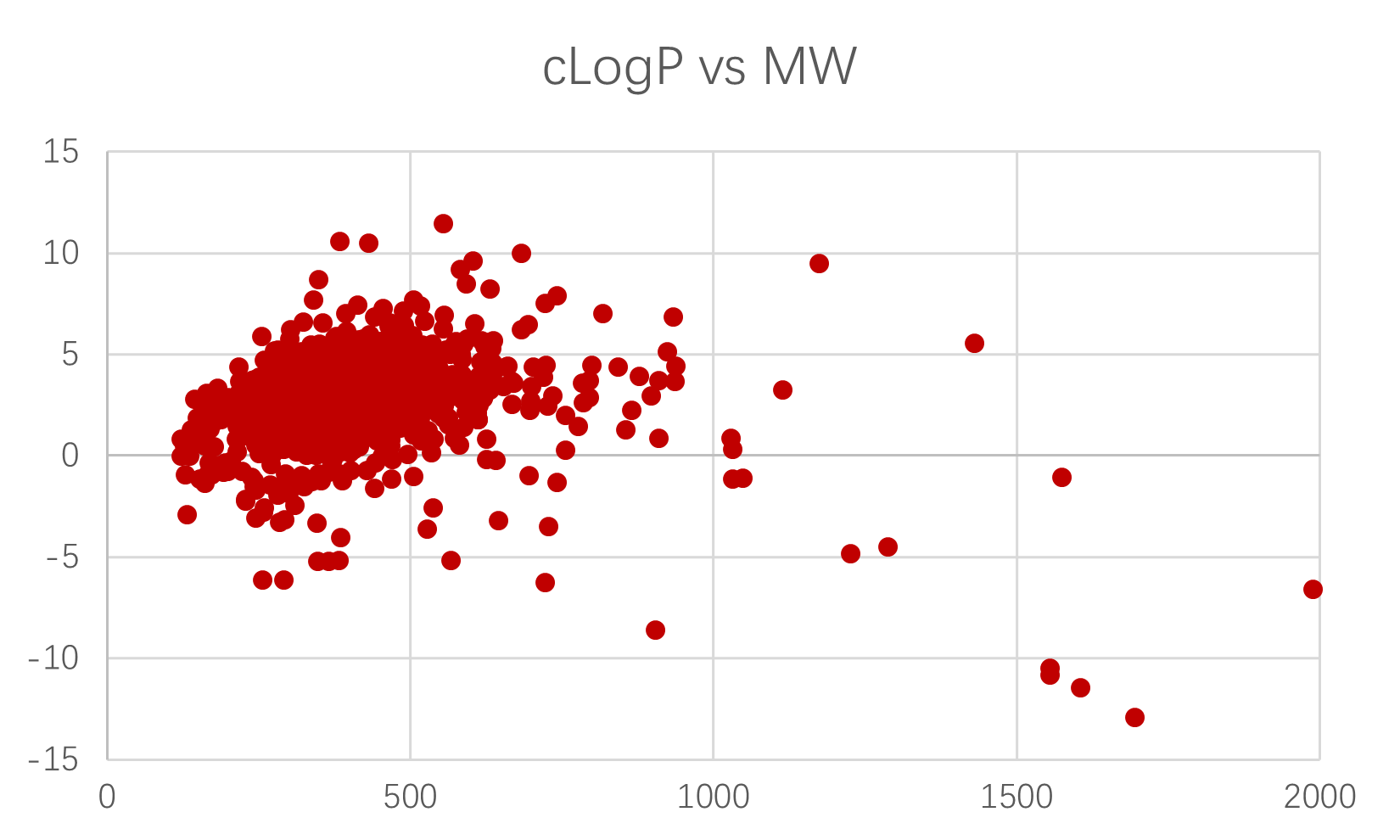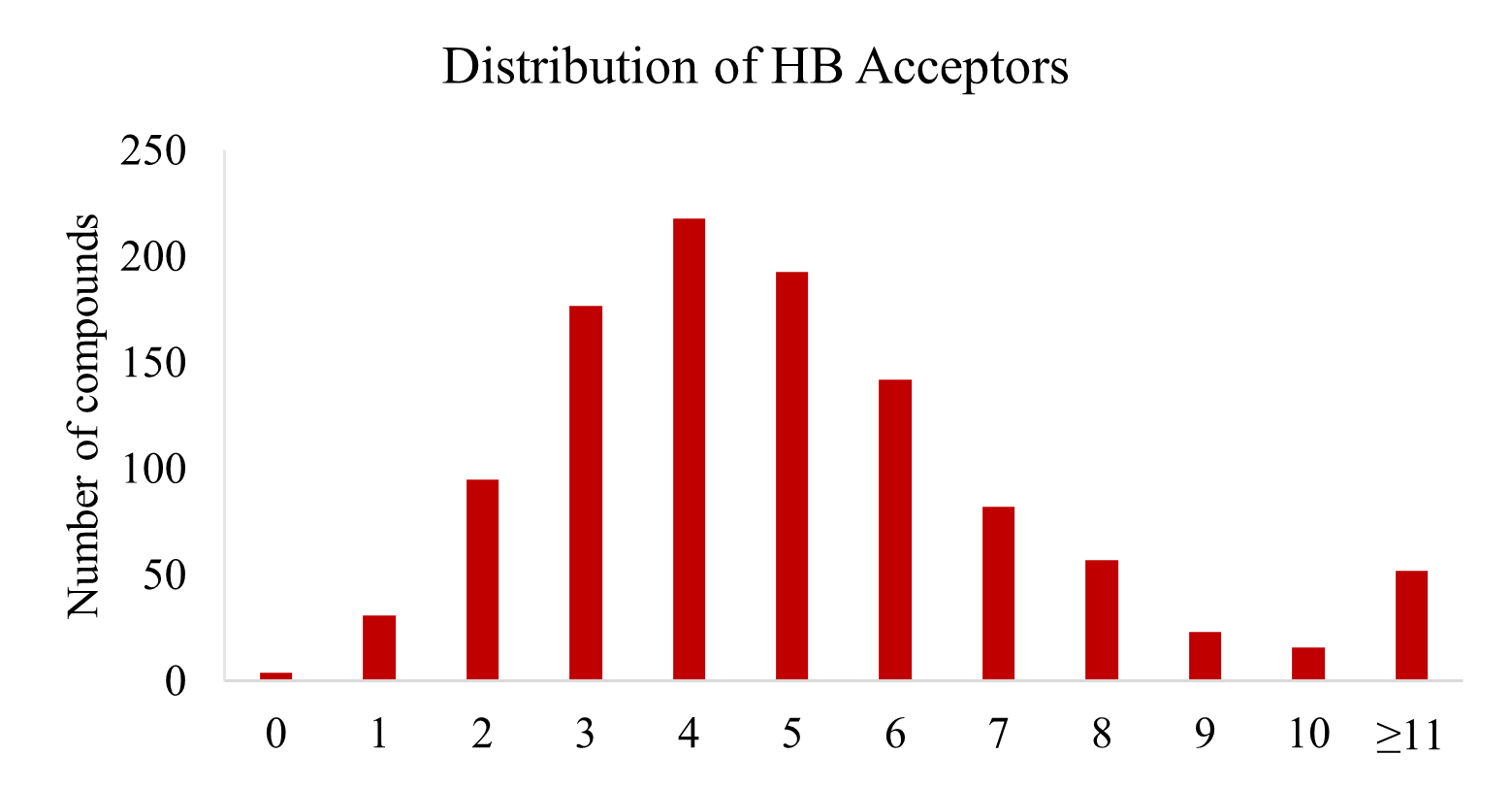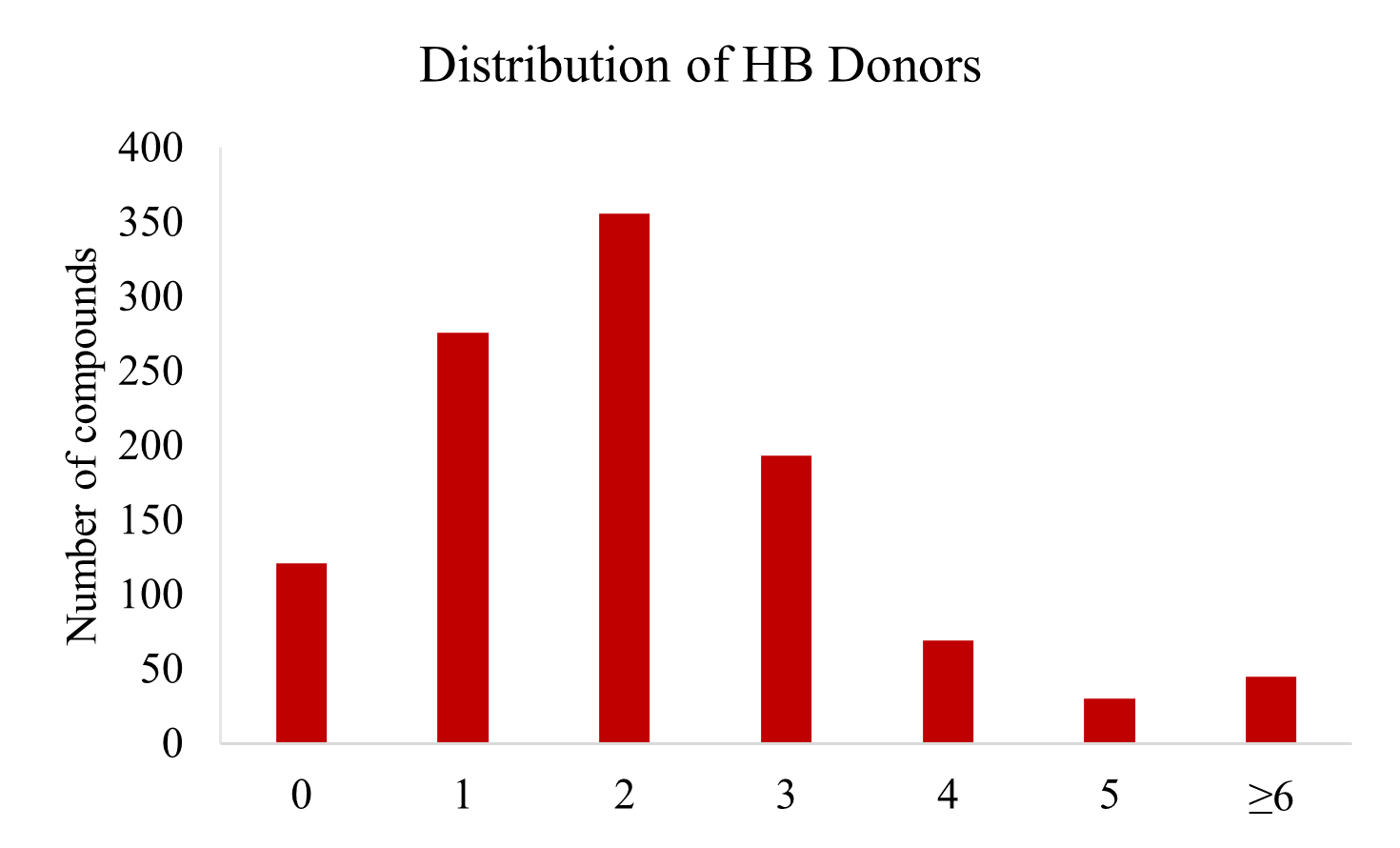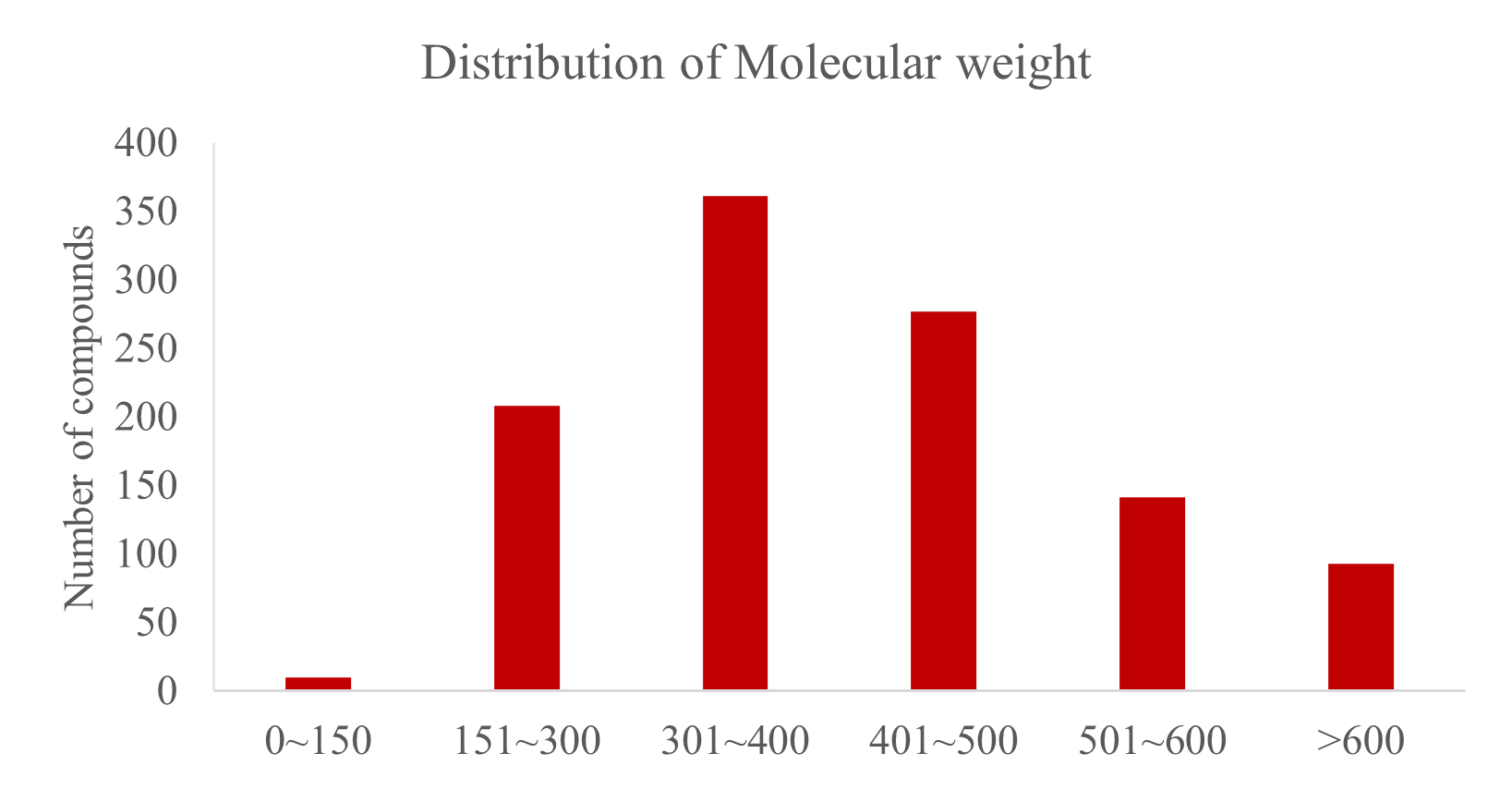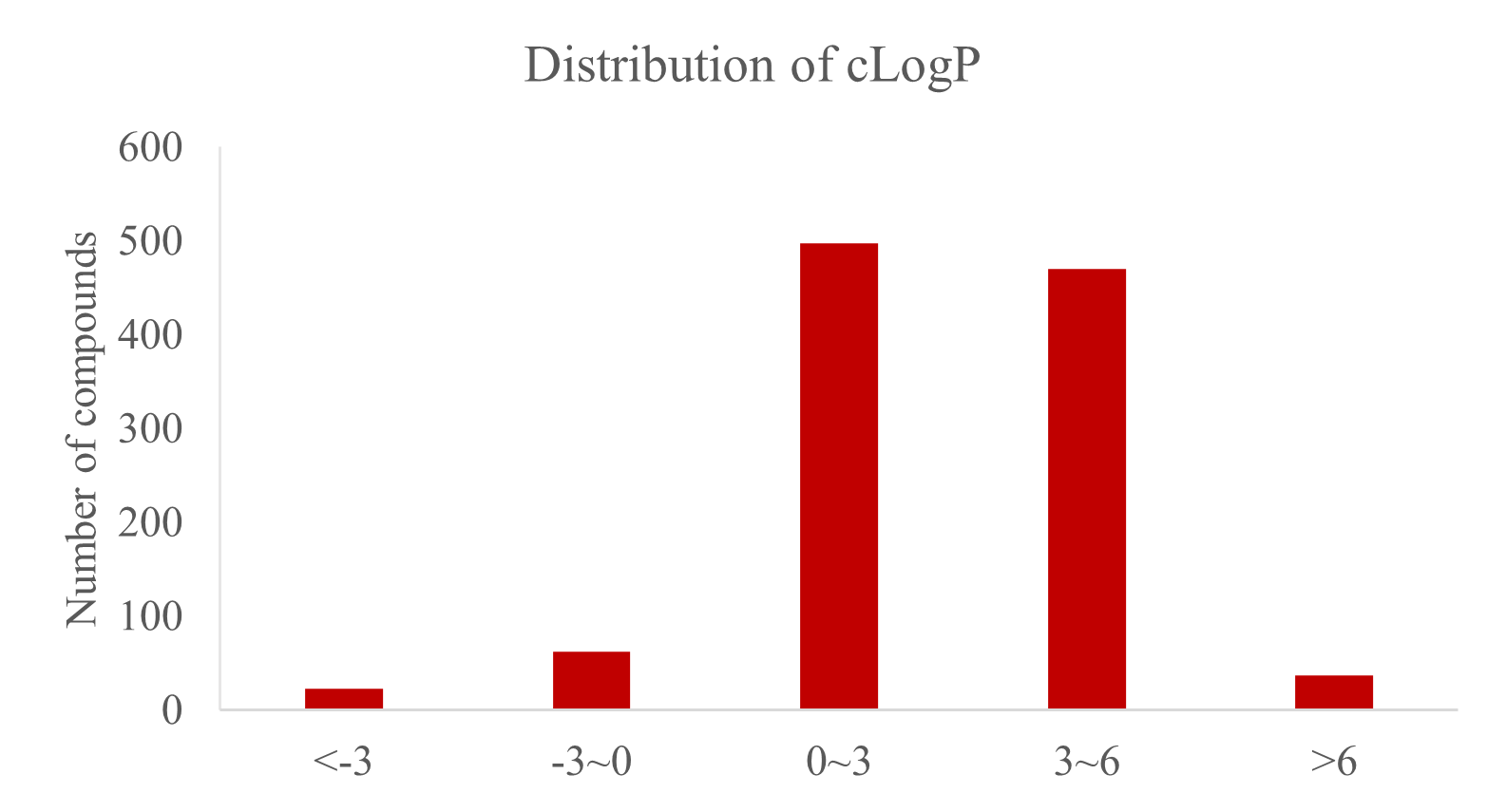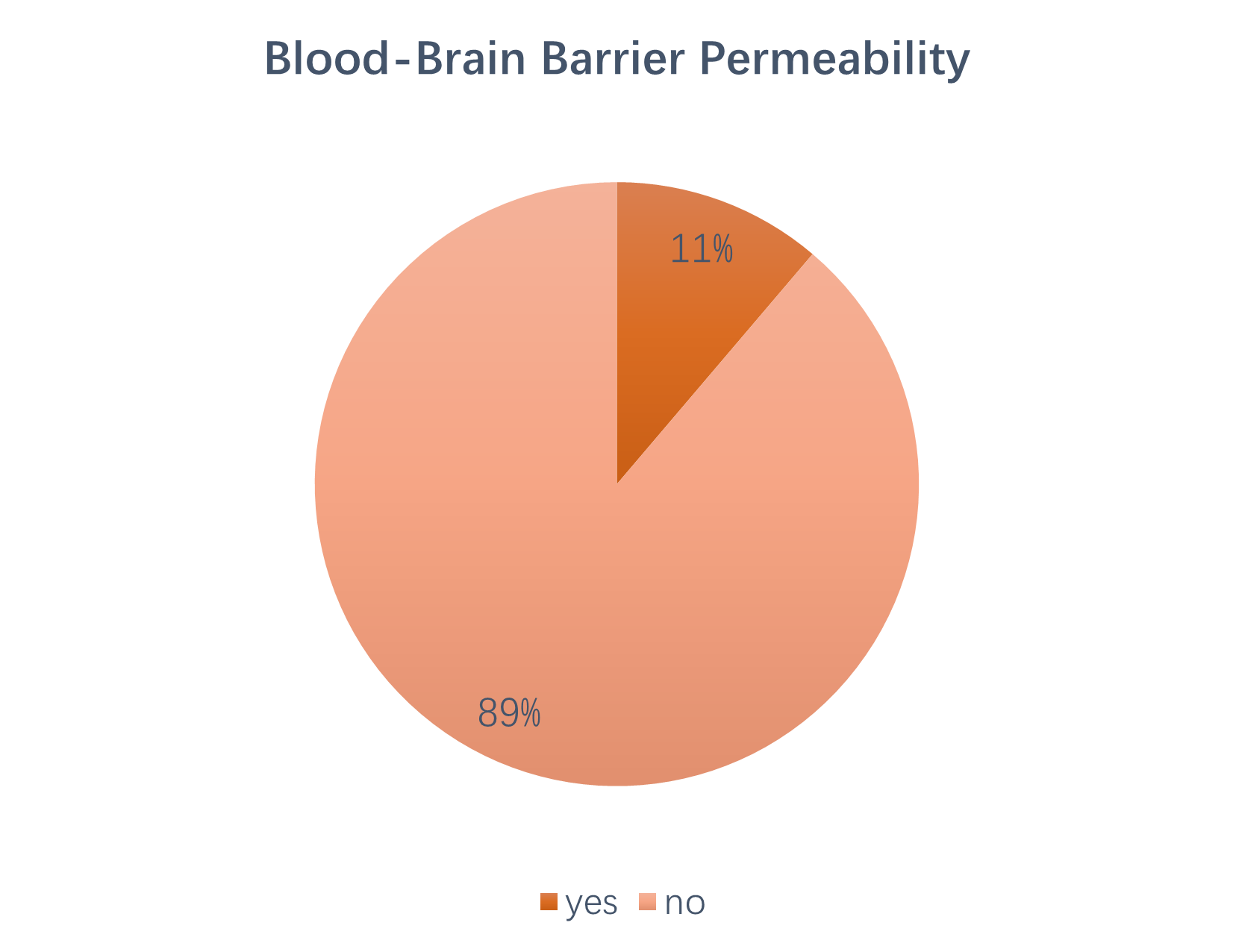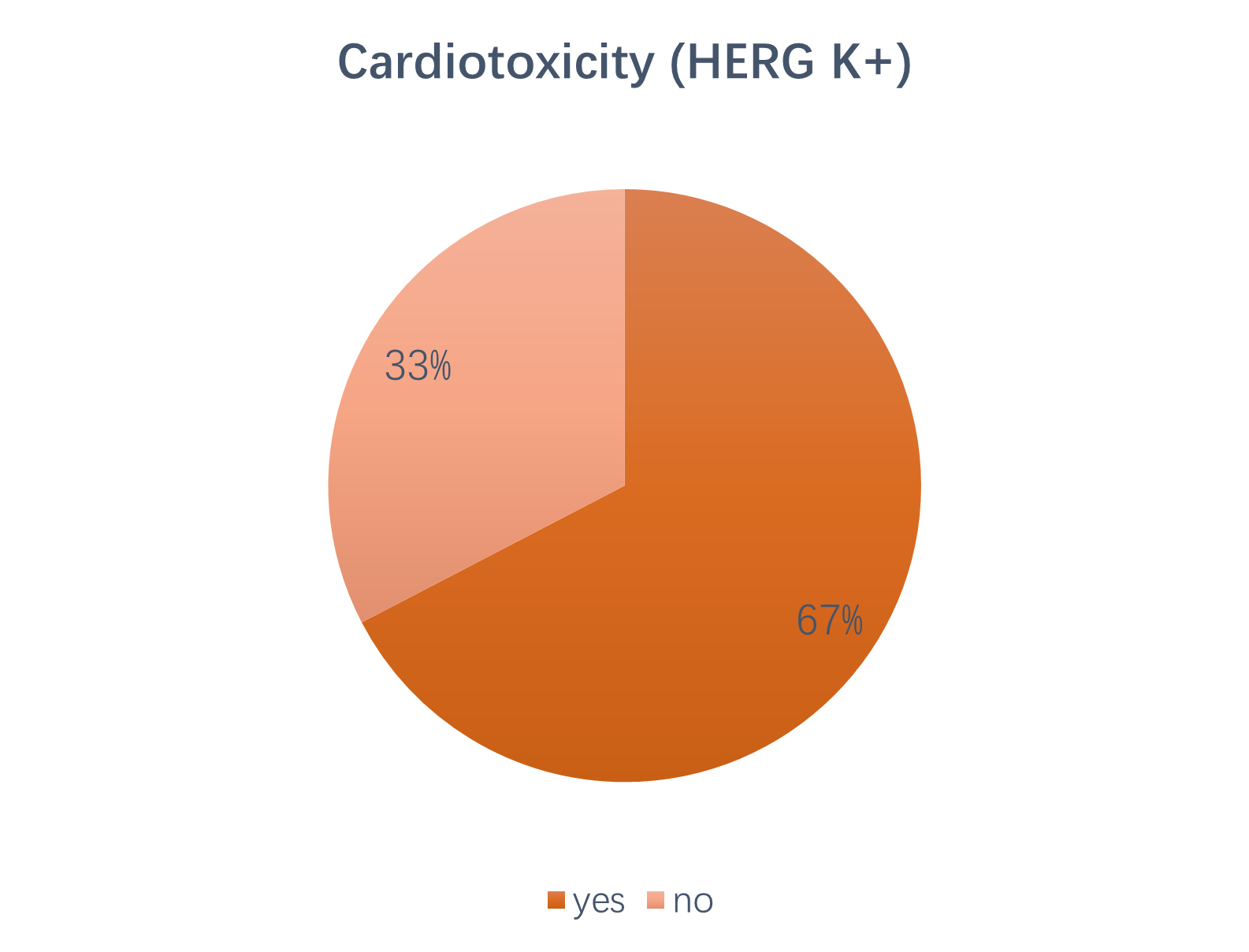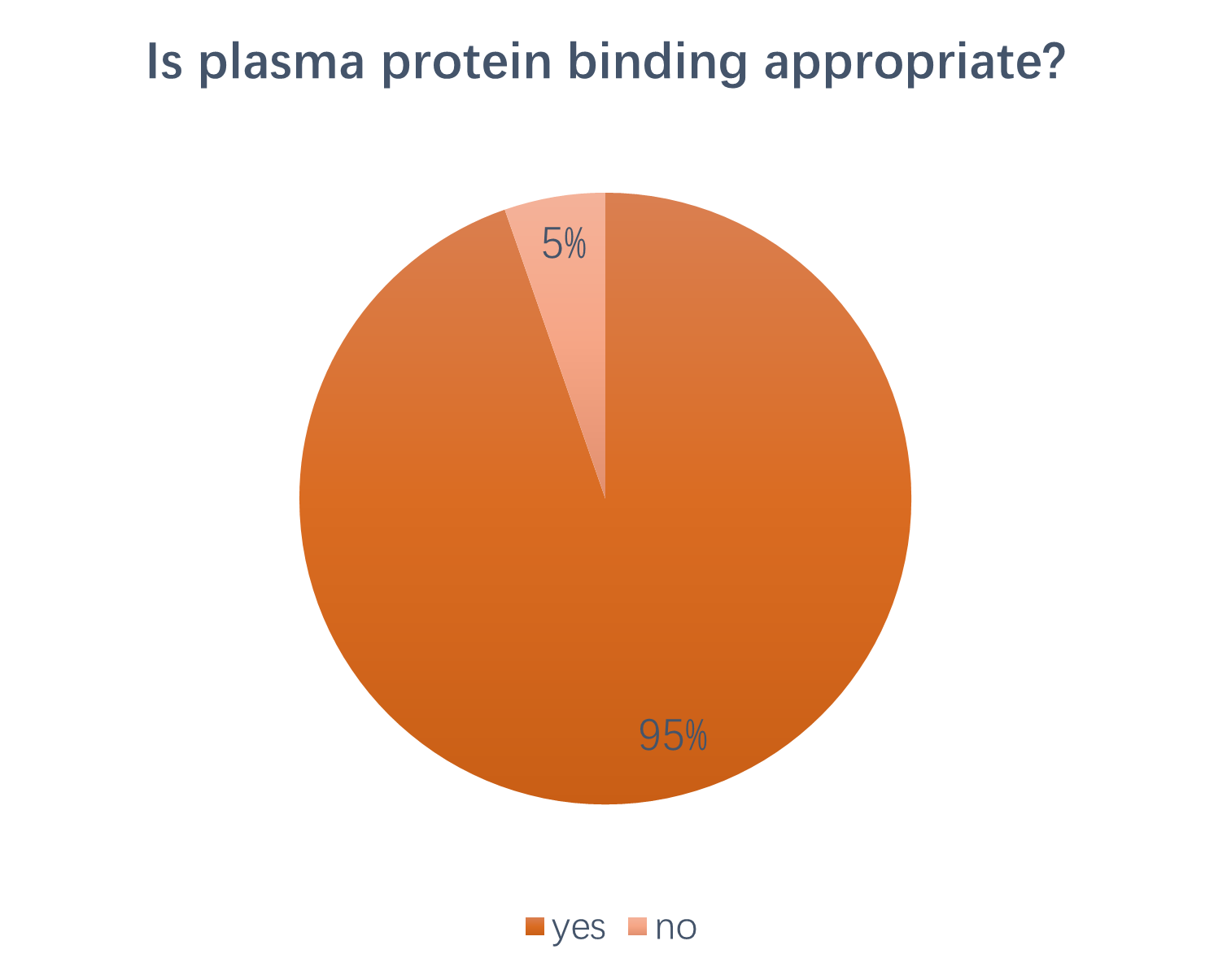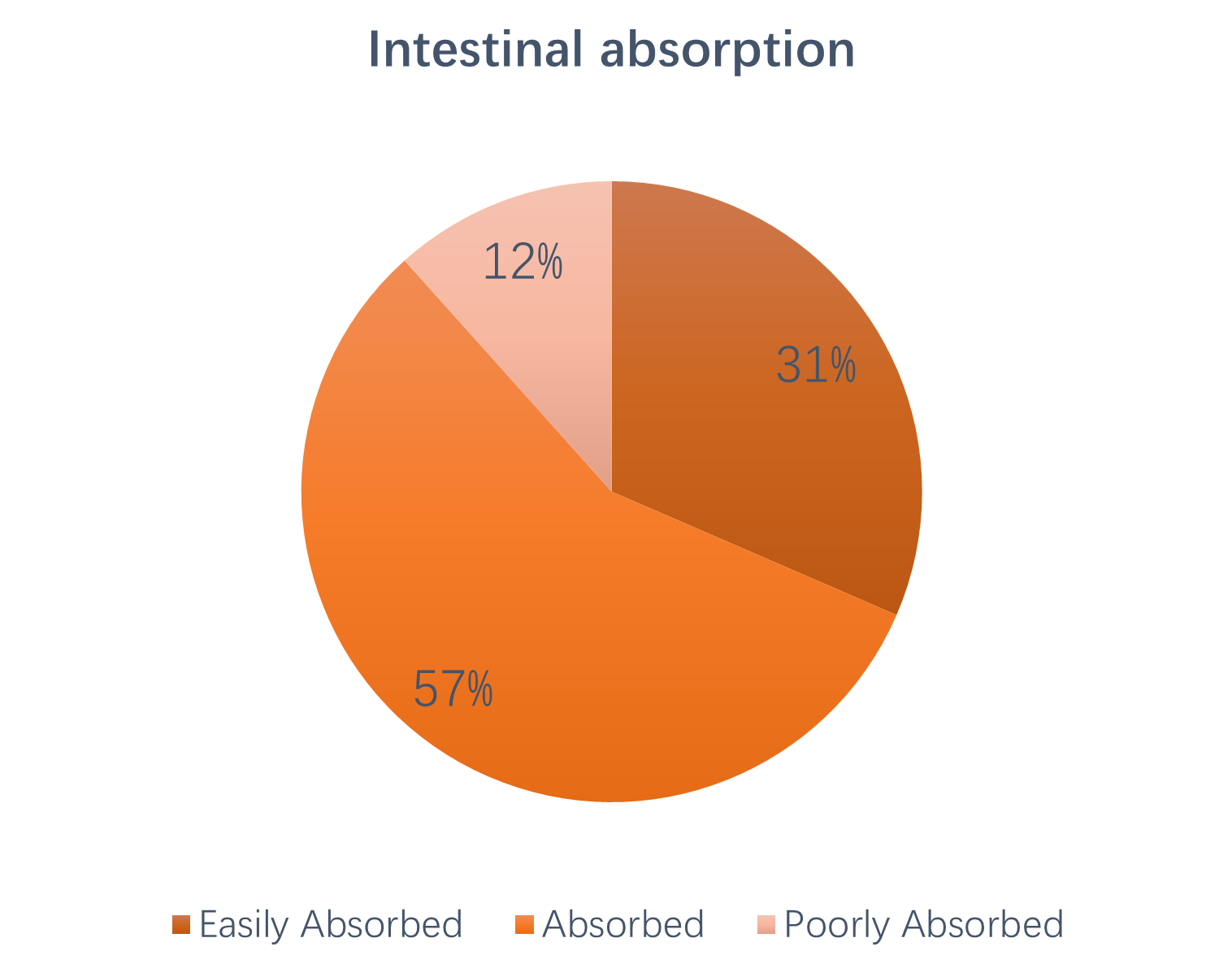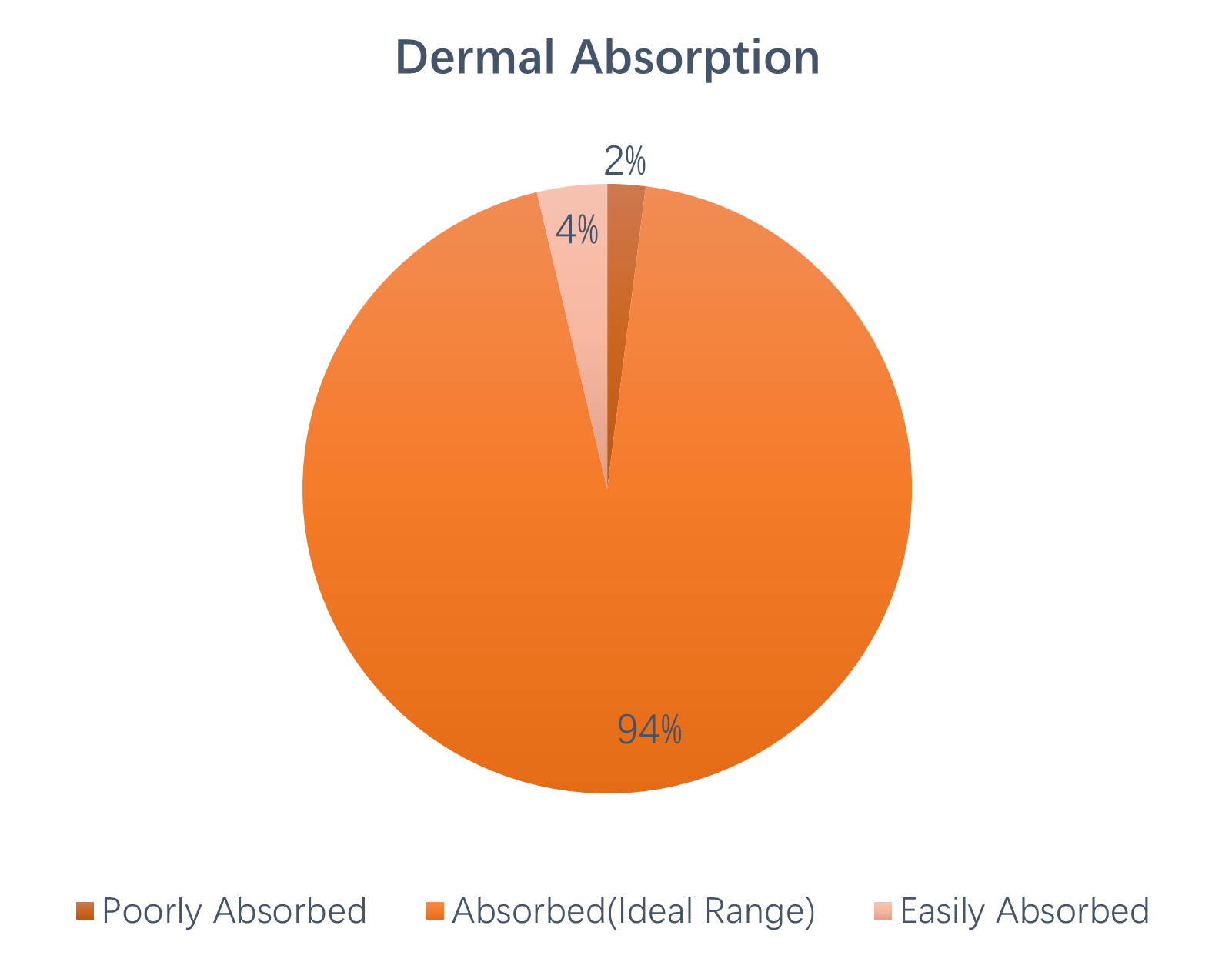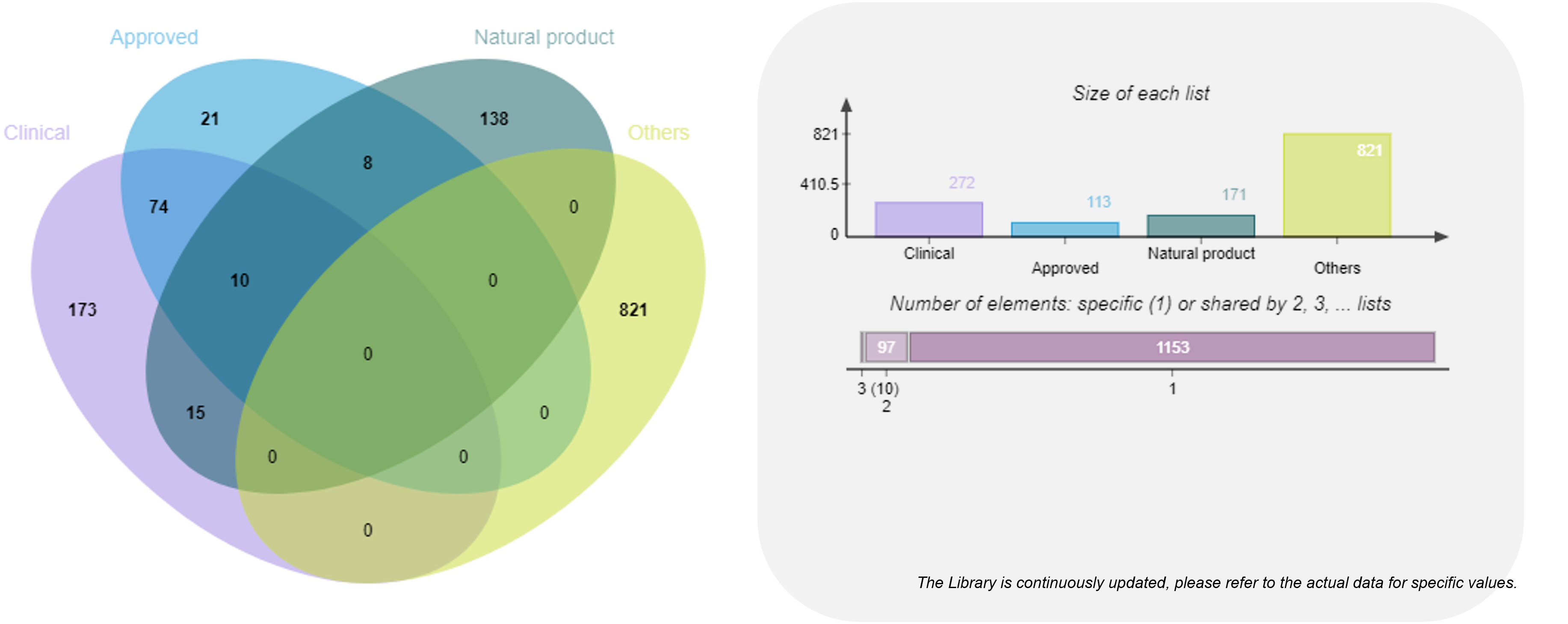 Advantages Introduction
Advantages Introduction
High-Standard Entry Criteria
TargetMol’s Epigenetics Compound Library is curated with stringent entry criteria to ensure that every compound in the collection is structurally well-defined and of high purity. Multiple analytical techniques—such as NMR, HPLC, and LCMS—are employed to verify compound integrity. Through a multi-layered screening process, we exclude mixtures, polymers, and other compounds with undefined structures.
Significant Structural Diversity
TargetMol’s Epigenetics Compound Library features remarkable structural diversity, offering significant advantages in drug discovery. Based on an 85% MACCS fingerprint similarity analysis, the library can be divided into 1,052 clusters, covering a wide range of chemical space. The collection encompasses compounds of varying complexity, from simple to intricate chemical structures. This diversity greatly expands the potential for identifying lead compounds with high affinity and specificity toward target proteins, thereby driving drug innovation. Whether addressing traditional drug targets or emerging, more challenging ones, the Epigenetics Library provides a rich source of candidate compounds, accelerating the pace of drug development.
Library Diversity Analysis
Superior Drug-likeness
71% compounds in this library comply with Lipinski’s “Rule of Five” (Ro5), indicating favorable bioavailability and permeability.
Analysis on Drug-like Property
Multidimensional Pharmacokinetic Analysis
The Epigenetics Compound Library underwent multidimensional ADMET prediction and evaluation, with a systematic analysis of the following six key pharmacokinetic parameters: blood-brain barrier permeability, cardiac toxicity risk (HERG K+ channel inhibition), plasma protein binding affinity, oral absorption, intestinal absorption, and dermal absorption.
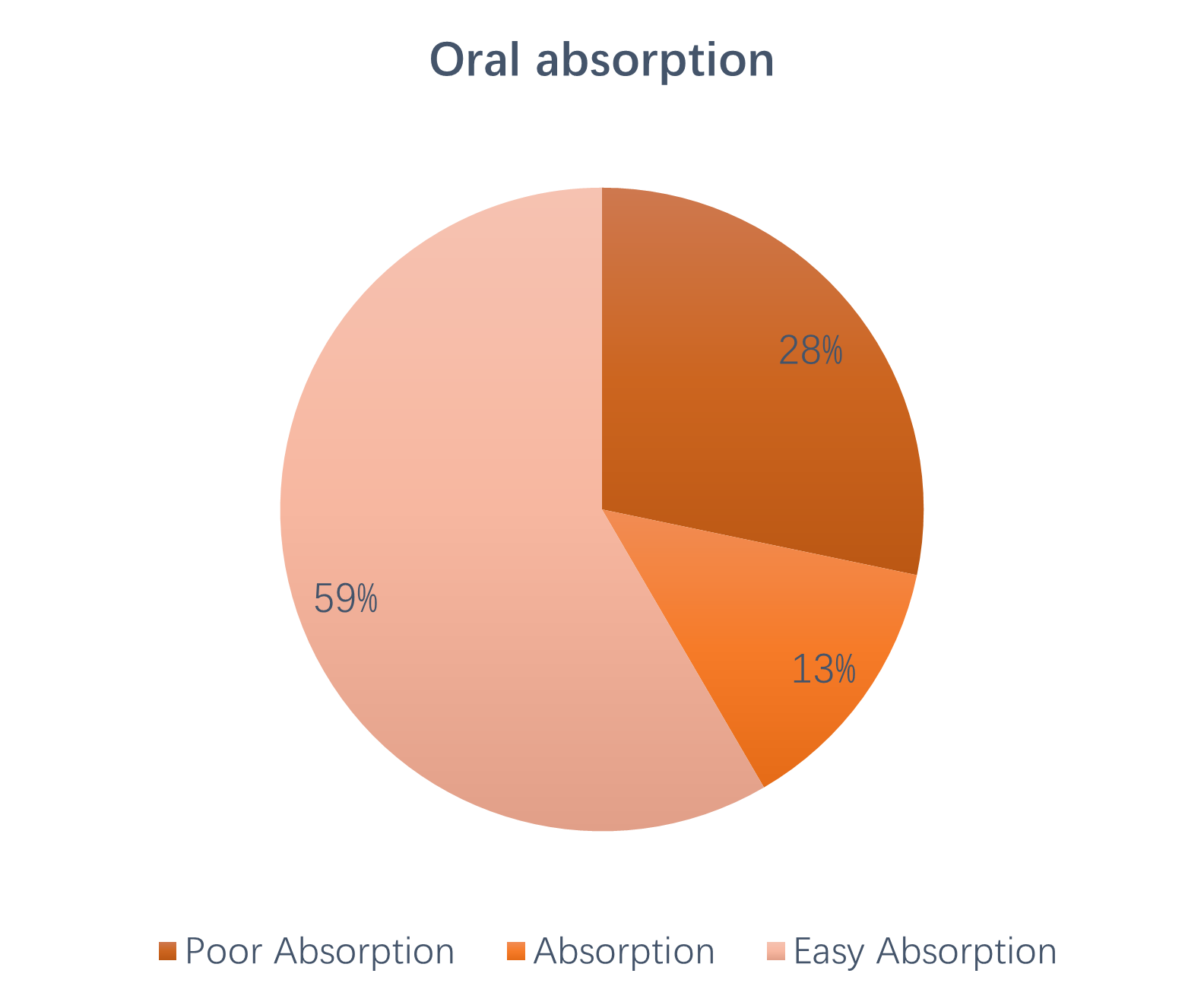
Rich Variety of Compounds
Epigenetic modification refers to the regulation of gene expression without altering the DNA sequence, through mechanisms such as DNA methylation, histone modifications (e.g., methylation, acetylation, deacetylation), and non-coding RNA regulation. These processes play critical roles in pathological conditions including cancer, neurodegenerative diseases, and immune disorders.
TargetMol’s Epigenetic Compound Library is a carefully curated collection of high-quality bioactive small molecules targeting key epigenetic regulators such as Epigenetic Reader Domains, Histone Methyltransferases, HDACs, Sirtuins, Histone Demethylases, Histone Acetyltransferases, DNA Methyltransferases, and MicroRNAs. This library provides comprehensive support for epigenetics research, target validation, and innovative drug discovery.
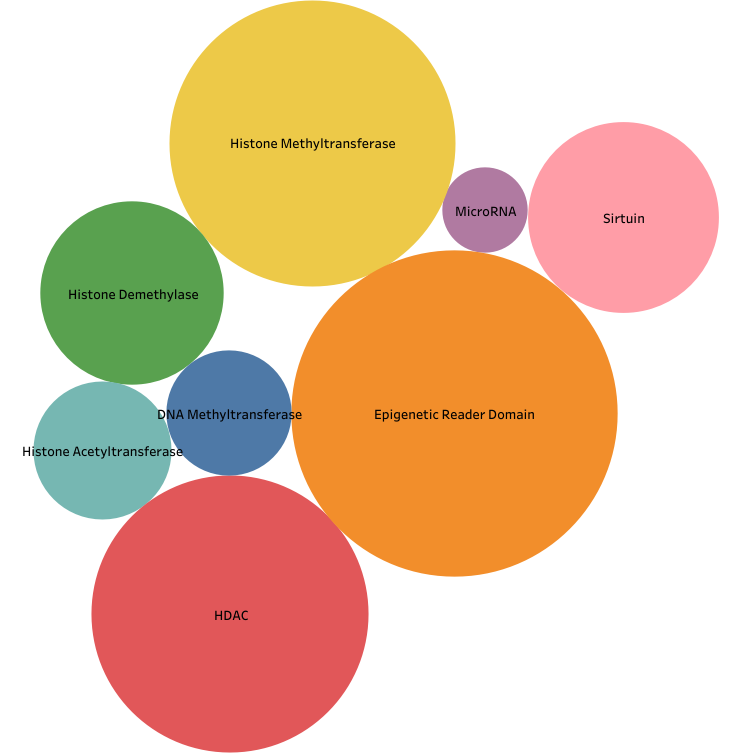
TargetMol’s Epigenetics Compound Library includes 100+ approved drugs authorized by regulatory agencies such as FDA, EMA, PMDA, and NMPA, as well as 270+ clinical candidates currently in trials. In addition, it features 170+ natural compounds derived from plants, animals, and microorganisms, providing comprehensive support for research on epigenetics-related diseases.
Regular Updates to Compound Libraries
TargetMol ensures compound libraries stay at the forefront of science by regularly updating our database to include the latest approved and marketed drugs.
Flexible Packaging Options
TargetMol provides a variety of standard packaging sizes (such as 30 μL, 50 μL, 100 μL, 250 μL, and 1 mg), and offer customized packaging solutions tailored to specific needs.
Personalized Custom Services
TargetMol offers fully customized screening services, including the design and synthesis of compound libraries. Our highly flexible service is designed to efficiently meet the unique needs of scientists and researchers.
 Your shopping cart is currently empty
Your shopping cart is currently empty



